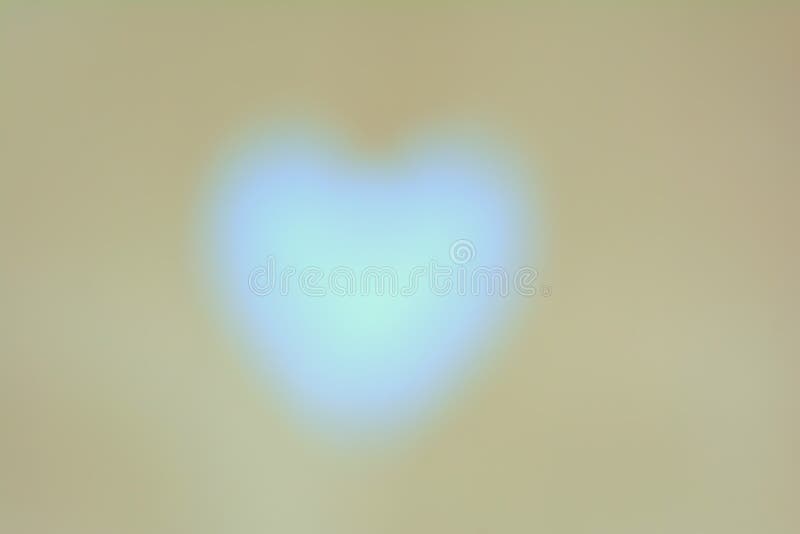

Once you've captured hundreds of frames of heart bokeh…LOL! I know you will! It’s so addictive, and you won’t be able to stop playing! You’ll now want to upload your images to your computer. You'll be able to capture varying sizes in heart bokeh by turning your focal ring, so be sure to experiment here! Bokeh has been defined as the way the lens renders out-of-focus points of light. To capture hearts, you'll want to turn your lens focal ring manually.

When photographing heart bokeh, do not focus on the lights.

I usually shoot with an aperture of about f2.8 to f4 and balance my other exposure triangle settings in a way that preserves my highlights, as I don't want blown out heart bokeh. With your fairy or Christmas lights turned on, you'll be able to see the hearts through your viewfinder. Now it’s time for the fun part! You can use any size focal length you wish to capture heart bokeh. Hang them any which way you want, as this will create different heart bokeh designs. All youll have to do is to make a hear shaped Bokeh Filter and attach it in front of your lens. I happen to have a black trifold handy in my home (for all those school science projects), so I use this. Here is DIY Bokeh method you can make very easily to take Heart Lights or Heart shaped Bokeh. To find them, just upload your photo, go to 'create', then 'seasonal' and then 'valentines'. You can drape a black cloth or blanket over a chair or the back of your sofa. If that above was too complicated, Picnik has a built in Bokeh stamp Its hearts and they sit at an angle, You just apply it to your photo, adjust the size, hardness and strength and you can edit the hearts on your page. This helps prevent blown-out bokeh and eliminates any texture in your black backdrop. I recommend shooting for your heart-shaped bokeh overlays at night. The black cutout should sit nicely, right on top, of your lens glass but not touch the glass itself. Catadioptric lens bokeh seen in more detail.
#Heart bokeh lens full
At its full aperture ( f/1.8) these shapes would be smooth and not polygonal. The polygonal shapes are due to the 8-bladed aperture diaphragm being slightly closed. An example of the bokeh produced by the Canon 85 mm prime f/1.8 lens. Tape around the outside of the circle, securing it to the outside of your lens. The bokeh produced by a catadioptric lens (also called a mirror lens). If you used the lens hood, the circle should be the same size as your lens. Now, you need to tape the heart punched black circle over your lens. Unfortunately, the maximum aperture of a typical kit lens (the. Bokeh is also available worldwide through stores, catalogs, and resellers. A real live human (imagine that) can take orders or answer questions at 888-921-SKIN (7546).
#Heart bokeh lens skin
Alternately, you can fold the paper circle in half and cut out a heart shape with scissors. The secret to getting beautiful bokeh is using a lens that has an aperture of at least f/2.8. Online or physical delivery is available through the Alien Skin website beginning on December 1, 2008. Using your heart-shaped hole punch, create a heart in the middle of that circle. It's time to create your heart-shaped lens covers! Detach your lens hood from your lens (if it’s attached) and draw a circle on the black construction paper or cardstock. Step 4: Heart Cut-out Lens Cap Using any craft knife or scissors, carefully cut out the inside of the heart and the overall shape. A black backdrop (You can use a black trifold or a black blanket).A string of fairy or Christmas tree lights (not LED).Gather up your supplies! Here’s a list of what you’ll need to create your heart bokeh overlays. Let's get creative and have some Valentine’s Day fun! It’s a fun and creative technique photographed separately then infused into your images by way of an overlay.
#Heart bokeh lens how to
You can use this all year round to photograph lights not just during the holidays.Valentine’s Day is just around the corner! Love, hearts and sparkly bokeh are in the air! In this week’s article, I’m sharing steps for how to create your own Valentine’s Day heart bokeh overlays. f/2) In this case the diameter of the lens aperture is 50mm. 100mm) Divide this by the aperture value that is smallest on your lens (e.g.


 0 kommentar(er)
0 kommentar(er)
